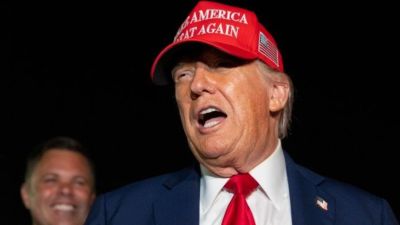Stay updated with the latest - Click here to follow us on Instagram
Mumbai: Dip in number of vehicles being checked for pollution in city
The decrease in the number of vehicles being checked has been attributed to the lackadaisical attitude by both PUC centres and vehicle owners.
 Photo for representational purpose
Photo for representational purpose
THE number of vehicles checked for pollution in Greater Mumbai has reduced by at least 40 per cent over a period of three years, indicates data from the Regional Transport Office (RTO). According to the figures, the number of vehicles checked for their auto-pollution levels in the eastern, central and western suburbs of the city has come down from 57,814 in 2013-14 to almost 35,506 in the year 2014-15.
Under Section 90 of Motor Vehicle’s Act, Pollution Under Control (PUC) is a Certification Mark issued to certify that motor vehicles in India meet emission and pollution control norms. All motor vehicles must have a valid PUC. Certificates in this regard must be renewed after a year in case of a new vehicle and every six months post that.
Watch Video: NGT Orders Delhi RTO To Deregister Diesel Vehicles Older Than 10 Years
The decrease in the number of vehicles being checked has been attributed to the lackadaisical attitude by both PUC centres and vehicle owners. A senior transport official has also claimed of a lack of awareness among traffic cops while checking the PUC certificates of vehicles as a reason.
[related-post]
“There is lack of spirit of enforcement among officials in checking the PUC certificates on a regular basis. Among the 25 lakh vehicles running on the roads in the city, a small number of vehicles are being checked. It points to the lackadaisical attitude of transport authorities to do their jobs. We also have a shortage of staff, so we don’t have enough people who could focus on this issue,” said a senior transport official.
According to the data, number of vehicles detected for their pollution levels was 7,840 in 2014-15. Among these, 363 non-transport vehicles were detected for causing excess emissions while 7477 transport vehicles showed increased levels of pollution.
Terming this number to be quite less in comparison to the past couple of years, another transport official said, “ A growing trend of using Compressed Natural Gas (CNG)-run vehicles among owners has been seen in the last couple of years. Cost-effectiveness of the fuel and almost zero-pollution level may have triggered this increase. Also, a lot of car models are switching to using petrol as their primary fuel, which also could be another reason for lesser cars being detected for auto-pollution.”
Watch Video: What’s making news
“The PUC centres across the city lack proper mechanism to test pollution levels as the equipment are faulty. There is an urgent need for either the transport authorities or those from Legal Metrology Department to inspect these centres and issue punitive actions against them,” said A V Shenoy, transport expert.
Increase in usage of public transport vehicles must also be encouraged, Shenoy said.
“Post 2005-06, when the pollution levels were found to be very high in the city, most of the public transport vehicles, especially rickshaws and taxis were asked to use CNG. Due
to this, pollution levels in the city were controlled. But now again it is back to square one,” he said.
“The practice of encouraging electric-run cars and discouraging the use of diesel vehicles must be adopted in the city. As these cars are costlier and not more efficient than cheaper vehicles, people are not interested in buying them. However, the government must levy extra cess on diesel-run cars and offer subsidies to electric run vehicles to encourage pollution-free commute,” said transport expert Ashok Datar.
Officials also stated that a culture among traffic cops of levying heavy fines on owners without proper PUCs must be developed. Even vehicles dealers and centres must offer concessions on a regular check up of pollution levels to vehicle owners, experts said.







